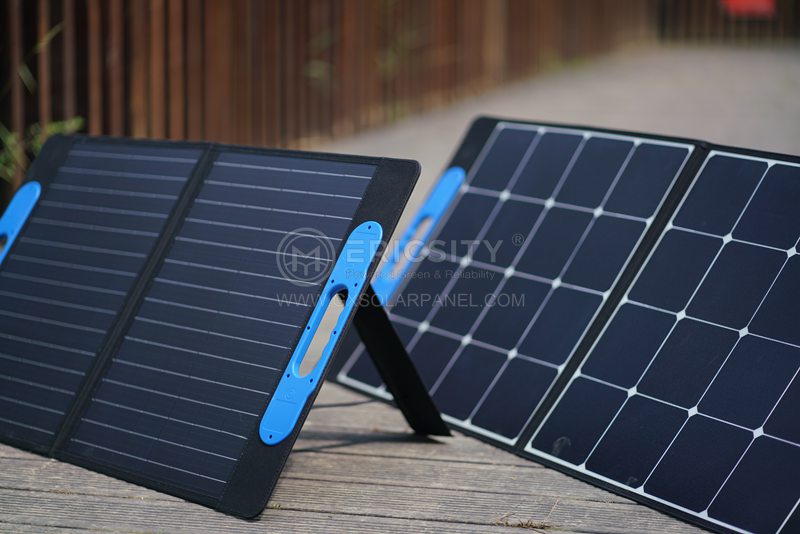HOT PRODUCT
Product Details
The Science Behind 300 Watt Folding Panels: How They Generate Electricity
The Science Behind 300 Watt Folding Panels: How They Generate Electricity
In recent years, the demand for portable and efficient power sources has grown exponentially. One such innovation that has gained popularity is the 300-watt folding panel, a compact and lightweight solar panel that can generate electricity in a versatile and user-friendly way. But how exactly do these panels work? In this article, we will delve into the science behind 300-watt folding panels and explore how they generate electricity.
At their core, 300-watt folding panels utilize the principles of photovoltaic effect. This effect is the ability of certain materials to convert sunlight directly into electricity. The key component of these folding panels is the solar cell.
A solar cell consists of layers of semiconductor materials, most commonly silicon, sandwiched between two conductive layers. When sunlight hits the solar cell, it excites the electrons in the semiconductor material, causing them to move. The semiconductor material is chosen for its ability to release these electrons when excited by photons, the particles of light.
The semiconductor material is doped in such a way that it contains both positively and negatively charged particles. This creates an electric field within the material. When the excited electrons are released from the semiconductor material, they are attracted to the positively charged side of the cell. This creates a flow of electrons, or a current, which can be harnessed as electricity.
In a 300-watt folding panel, multiple solar cells are connected in series and parallel configurations to increase the overall electricity generation. The cells are typically sandwiched between a protective glass cover and a backsheet, both of which provide durability and protection against external elements.


To maximize the absorption of sunlight, the surface of the folding panel is coated with an anti-reflective material. This coating helps to reduce the reflection of sunlight, allowing a larger portion of it to penetrate the solar cells. By optimizing the amount of sunlight absorbed, the folding panel can generate more electricity.

The generation of direct current (DC) electricity by the solar cells is insufficient for many applications. Therefore, a built-in inverter is incorporated into the folding panel. The inverter converts the DC electricity generated by the cells into alternating current (AC), which is the standard form of electricity used in homes and most electronic devices. This enables the folding panel to power various appliances and charge devices directly.
The folding design of these panels enhances their portability and functionality. They are typically constructed with hinges, allowing them to be easily folded and unfolded to adapt to different charging needs. These versatile panels are often equipped with built-in handles and carry cases, making them convenient for camping, hiking, or other outdoor activities.
Additionally, 300-watt folding panels are engineered to be efficient in capturing sunlight. They utilize bypass diodes, which prevent the loss of power when some of the solar cells are shaded or not receiving direct sunlight. By minimizing these losses, the panels can maintain their performance even under partial shading conditions.
In conclusion, the science behind 300-watt folding panels is rooted in the photovoltaic effect. These compact and lightweight solar panels harness sunlight through the photovoltaic effect in their semiconductor materials and convert it into electricity. With the integration of advanced technologies like anti-reflective coatings, inverters, and bypass diodes, these folding panels maximize their efficiency and usability. As the demand for portable power sources continues to grow, 300-watt folding panels present a sustainable and practical solution, enabling individuals to generate electricity in a convenient and environmentally friendly way.




